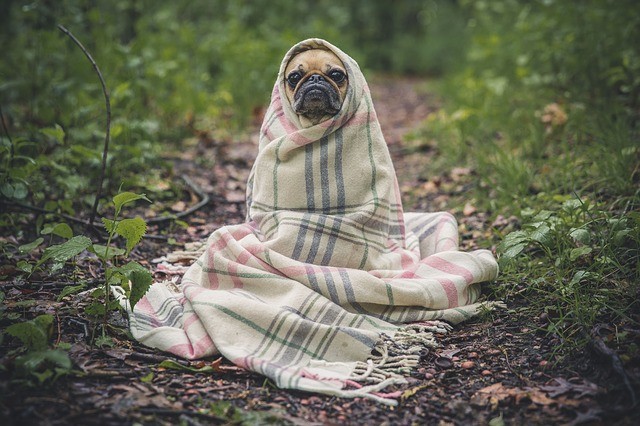Ever since you’ve got your new pet home you’ve been raring to get your pooch to pose for the camera for that perfect picture you can flaunt. Who knows, your dog might just be the next social media sensation thanks to some of the photographs taken by you! To help you master the art of pet photography, mentioned below are some tips and tricks for a thrilling and rewarding photo session centered around your dear critter.
You need to stay calm for a cool shot
You need to be calm, patient and confident while photographing the pet. An animal is very receptive of its human’s emotional state and can in turn be imbued by the same energy. Your stressed and confused state will translate into a picture of a worried dog with half moon eyes, ears pinned back and a tail tucked between the legs.
Natural light makes all the difference!
A bright room with enough natural light coming in or simply a spot outdoors will serve as the best environment to shoot. Flash photography has an undesirable effect in the form of red-eye which will work against the idea of getting a striking picture. The sudden burst of light can also scare the animal. Therefore move your subject to a spot which is illuminated in a subtle way by natural light to create the perfect pet photography lighting set-up. Also remember not to use flash while photographing fishes in a tank as the glass wall will throw back the light and create an ugly bright hotspot.
De-clutter the backdrop
You certainly don’t want ugly objects in the frame that distract the beholder and contribute negatively to the overall picture. The chosen location must be free of mess. Also a background with neutral colors is a safe choice.
Capture those expressive eyes
When photographing focus on the eyes for expressive & animated snapshots. For such shots you’ll have to wait until your pet is in a very calm state of mind. Perhaps after it has finished eating or just woken up can be one such moment. You’ll have to move close to the subject. You can use spot metering but avoid using a flash. Get creative with the lens; you can use a standard lens to get what you actually see with regard to perspective and field of view. Or one can use higher focal lengths for a vivid portrait of the animal. Further selecting a wide aperture helps to soften the backdrop and keeps the focus on the main subject intact. It’s important to understand how your pet photography equipment works for catching those unexpected model like expressions.
Only use non-verbal form of communication with pets
If you really want a pet to pay attention during a photo-shoot simply use hand signals to communicate with it. Blabbering commands isn’t going to help at all. It will simply send the critter into a nonchalance or confused state. Too many verbal instructions confuse a canine and upset a cat. You can’t expect a good pose from a nervous dog or a feline that ran away from you. Gesture with your hand to invite the pet to a spot. Even if you have to speak out a command say it politely and in a low voice once or twice. Also use the pet’s name minimally else it will stop listening to you.
Motivate your pet with suitable rewards
If you really want the best results out of a shoot you will have to reward your model with its favourite toys and best dog snacks. This is sure to encourage your pet to follow what you expect out of it. A rubber squeaky or a tug chew toy can be a great motivator for dogs. To keep a kitty engaged and happy you can play with it with a teaser wand, offer it a catnip toy or a flavourful treat.
Get down to your pet’s level:
For natural-looking portraits you will have to get to your pet’s level. When you’re lying on the floor to take a picture of your pet you can support your camera with a camera bean bag or stack a hardcover book or two for the purpose. If your pet is in motion you can use a fast shutter speed to freeze a moment before it’s over. Slower shutter speeds will lead to blurry images. For an amateur new to this term, shutter speed is the length of time for which the camera shutter is open as the picture is taken.
Minimise your movement around the pet
If you want the animal to stay in its position restrict your movement around it. Else your furry pal will get distracted and end up following you. It may quit that perfect expression or leave the room. If you need to change your position during a shoot, shift very slowly and do not make an eye contact with the model. It is wiser to bend over, crawl or rotate oneself in your pet photography session than to make an obvious movement.
Create images that emote & speak to their audience
Plan on the concept you wish to portray through a picture. You may want to depict a pooch’s overwhelming affection for its favorite human and choose to shoot the critter while it cuddles up to that person.
Let your pet’s personality stand out
Try to catch your furry companion’s unique characteristic on camera. If you own a playful pooch let it revel in activities it enjoys the most while you photograph it. An owner of a lazy cat can get a shot of it napping in its favorite spot.
Works of art require a photographer to be creative and patient. The best approach is to take a lot of pictures during a shoot and use different camera angles to get the desired result out of your pet photography.

